In the realm of personal finance, homeowners and financial planners often face a critical dilemma—should you prioritize repaying debt or focus on saving for a home? Both goals are crucial for achieving long-term financial security, but understanding which to prioritize (and when) can be challenging.
This blog post will compare the benefits and drawbacks of prioritizing debt repayment versus home savings, offer strategies to balance the two, and provide real-life examples and expert advice to help you create a personalized plan.
The Importance of Both Debt Repayment and Home Savings
Debt repayment and home savings both contribute significantly to financial stability. Reducing debt can lower stress, improve credit scores, and free up money for other financial goals. Conversely, saving for a home provides a sense of security and an opportunity to build wealth through real estate investment.
Comparing the Benefits and Drawbacks
Prioritizing Debt Repayment
Benefits:
- Lower Interest Costs: Paying off high-interest debt like credit card balances can save money in the long run.
- Improved Credit Score: Reducing outstanding debt enhances your creditworthiness.
- Financial Freedom: Eliminating debt can provide a psychological boost and greater financial flexibility.
Drawbacks:
- Delayed Homeownership: Focusing solely on debt repayment might delay your ability to save for a home down payment.
- Missed Savings Opportunities: With all funds directed towards debt, you might miss out on potential returns from home equity.
Prioritizing Home Savings
Benefits:
- Investment in Property: Homeownership can build equity and provide long-term financial stability.
- Fixed Living Costs: Owning a home can protect against rising rental costs.
- Tax Benefits: Mortgage interest deductions can offer significant tax advantages.
Drawbacks:
- Accumulated Interest on Debt: Ignoring debt can lead to higher interest costs over time.
- Credit Score Impact: High levels of unpaid debt can negatively affect your credit score.
- Financial Strain: Balancing mortgage payments alongside existing debt can create financial pressure.
Strategies for Finding Balance
Snowball Method for Debt Repayment
The snowball method involves paying off your smallest debts first while making minimum payments on larger ones. This approach builds momentum and motivation as you quickly eliminate smaller balances. One homeowner, Lisa, aggressively tackled her credit card debt using this method. Once debt-free, she redirected those payments into her home savings fund, achieving her goal of homeownership faster.
Avalanche Method for Debt Repayment
The avalanche method focuses on paying off debts with the highest interest rates first while making minimum payments on lower-interest debts. This approach minimizes the total interest paid over time. For example, Mark and Sarah, a couple with substantial student loans, chose to save for a down payment while making minimum payments on their student loans. By balancing their financial goals, they secured their dream home without falling behind on debt.
Impact of Interest Rates
Interest rates play a pivotal role in debt repayment and savings strategies. For instance, John and Emily adjusted their strategies based on changes in interest rates. When mortgage rates dropped, they shifted focus to saving for a home, capitalizing on lower borrowing costs. Conversely, when credit card interest rates rose, they prioritized debt repayment to avoid escalating costs.
Expert Advice
Financial planners emphasize the importance of creating a personalized plan that considers your unique financial situation and goals. Here are some tips:
- Assess Your Financial Health: Evaluate your current debt, savings, and expenses.
- Set Clear Goals: Identify your priorities—whether it’s becoming debt-free or owning a home—and set realistic timelines.
- Create a Budget: Allocate funds for both debt repayment and home savings.
- Monitor Interest Rates: Adjust your strategy based on changes in interest rates to maximize savings and minimize costs.
- Seek Professional Advice: Consult with a financial planner to develop a customized plan that aligns with your goals.
Conclusion
Balancing debt repayment and home savings is challenging, but it’s achievable with the right strategies and mindset. By understanding the benefits and drawbacks of each approach, using methods like snowball or avalanche for debt repayment, and adjusting your plans based on interest rates, you can find a balance that works for you.






